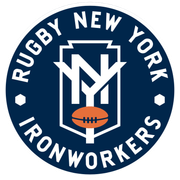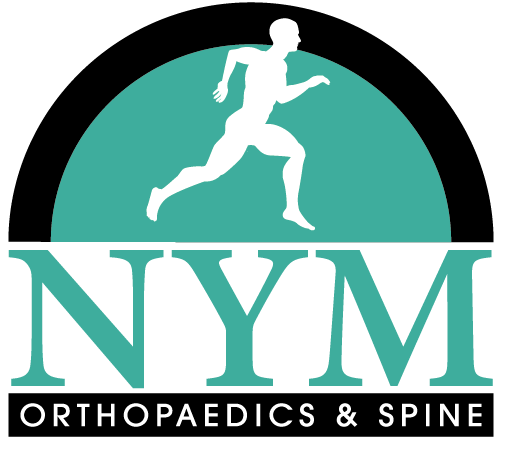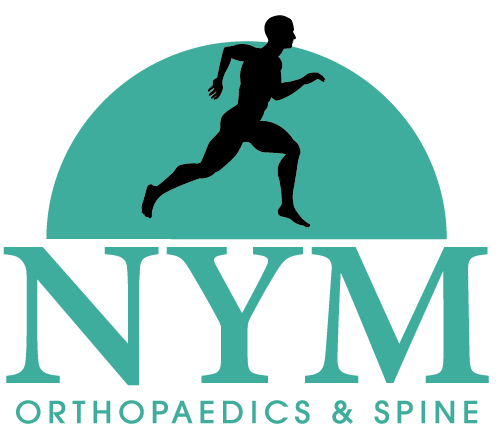David Kovacevic, MD
Dr. Kovacevic specializes in ACL knee injuries, meniscus injuries, cartilage repair surgery, shoulder arthritis, instability and labral tears of the shoulder, rotator cuff injuries, shoulder and elbow fracture repairs, elbow arthritis, soft tissue injuries and ligament tears of the elbow, primary and revision shoulder replacement, total elbow replacement, advanced arthroscopy for sports-related injuries of the shoulder, elbow, and knee, and complex shoulder and elbow reconstruction.
As an academic surgeon-scientist, he has fifteen years of experience caring for patients with musculoskeletal injuries. He has a particular interest in rugby medicine as he is the team physician for Rugby New York and Old Blue Rugby as well as a consultant for Yale University Rugby. His personal mission is to provide compassionate, quality, world class care to adults, adolescents, and athletes at all levels who sustain injuries of the shoulder, elbow, and knee. “Together, we are going to get you better,” he tells patients. “You, my clinical team and I are all in on this journey to get you pain-free and restore your function so you can get back to doing the things you love to do.”
Dr. Kovacevic has a strong interest in biologic augmentation of tendon-to-bone healing and the prevention of rotator cuff muscle “fatty atrophy”. His translational research work aligns well with his clinical research interests. He co-leads the American Shoulder and Elbow Surgeons Massive Rotator Cuff Tear Research Group, an international multi-center collaboration, which has been tasked with improving our understanding, treatment, and management in patients with massive rotator cuff tears. He has published more than 50 peer-reviewed articles and textbook chapters, and given more than 30 scientific presentations at national meetings.
Rugby Medicine


Rugby is a collision sport whose origins can be traced back over 2000 years. The ancient Romans played a handball game called harpastum, a word derived from the Greek word “seize”. The roots to the modern game are said to have originated at Rugby School in Warwickshire, England, in 1823 when during a game of football (i.e., soccer), William Webb Ellis decided to pick up a ball and go with it. The Rugby World Cup Trophy is now named after him. The very first rugby game in the United States was played in 1875 in Boston between McGill and Harvard. American football is a direct descendant as well. Walter Camp, the “Father of American Football’, lobbied the Ivies to change the game from 15-a-side to 11-a-side in 1880, and with his “yards to go” rule accepted on October 12, 1882, the game became American football.
Dr. Kovacevic brings a breadth of experience and depth of knowledge treating elite rugby athletes since 2015. He has previously been head team physician for both Yale University Rugby and Columbia University Rugby and a consultant for Major League Rugby’s New Orleans Gold Rugby. He is now team physician for Major League Rugby’s Rugby New York and Old Blue Rugby as well as a consultant for Yale. Dr. Kovacevic’s management philosophy is focused on peak performance, recovery, and injury prevention for his athletes and weekend warriors.
“In collision sports, athletes purposely hit or collide with each other or with objects with great force,” says Dr. Kovacevic. “Football and rugby, for example, require physical toughness and strength arguably more than any other sport — dedicated weight training programs, demanding pre-season workouts, and games that take place despite inclement weather. All this ups the ante when it comes to bodily harm.”
“The goal is to keep our athletes in the game. The best way to do that is injury prevention,” says Dr. Kovacevic. “At NYMOS, we have the athlete focus on neck strengthening as it has been found to reduce the risk for concussion in our high school athletes. In addition, our collision, combat, and contact athletes are counseled on the importance of strengthening and stabilizing several different muscle groups around the shoulder, including the rotator cuff, deltoid and shoulder blade muscles. This will help mitigate the risk of shoulder injury and shoulder dislocation. To reduce the risk of knee injury, we place a strong emphasis on the athlete engaging in proper technique during training sessions, including correct posture and body control, straight leg alignment, knee-over-toe position, and soft landings. These concepts are reinforced by focusing on core and leg strengthening as well as balance and agility exercises.”
By emphasizing injury prevention and recovery, Dr. Kovacevic’s patients can concentrate on what is most important—peak performance and chasing the glory of victory.


